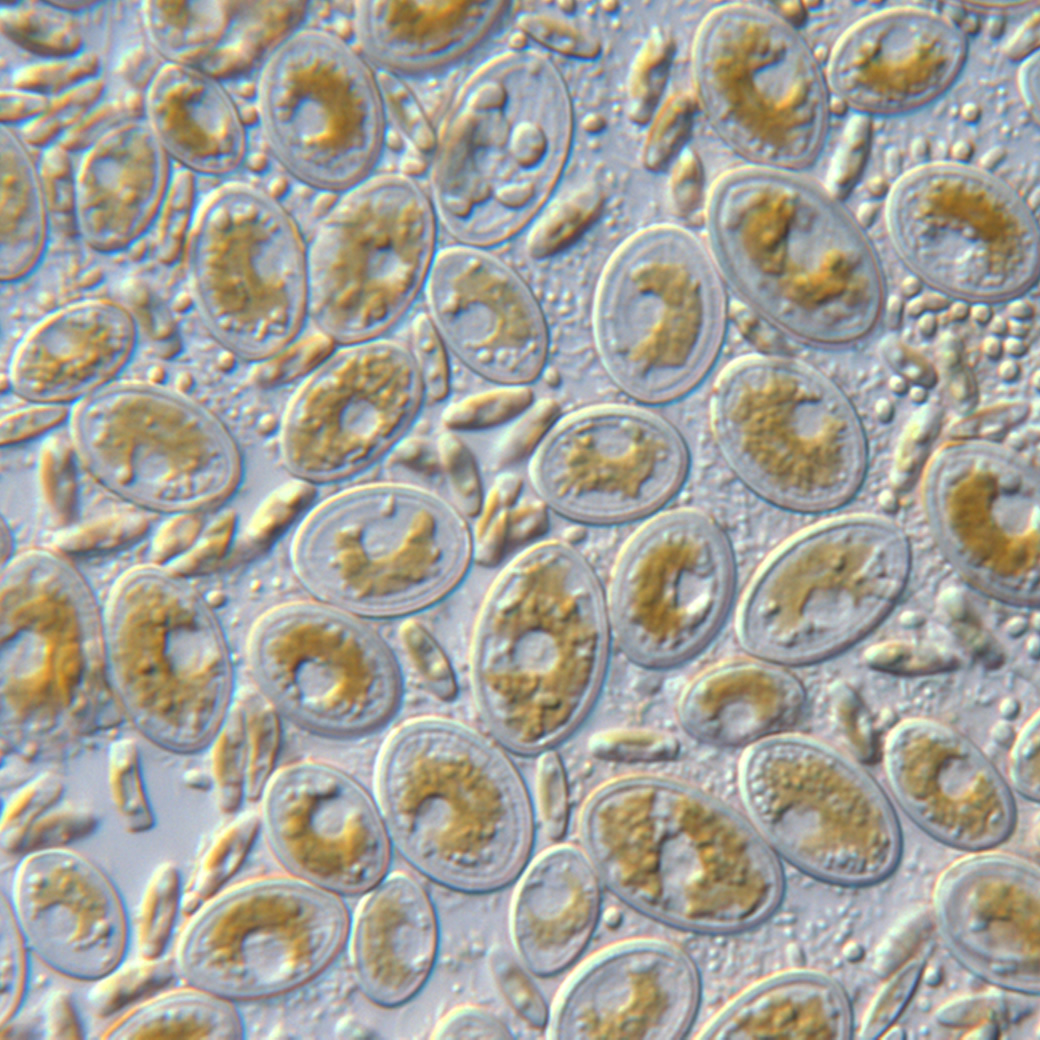Cocconeis and its mysteries
Description: The monoraphid genus Cocconeis is characterized by a low-profile, adnate growth-form, tightly attached to substrates, such aquatic plants and macroalgae. Some species within Cocconeis flourishing abundantly in aquatic habitats. Yet, there has been a great deal of confusion in the literature about the taxonomic value of morphological features within the Cocconeis placentula species complex. This confusion has led to the conflating of species and reducing the ecological indicator value of freshwater species. In this talk, I share the lessons I learned from studies of more than 80 clonal Cocconeis strains isolated from streams in California, in collaboration with colleagues from the Botanical Garden and Botanical Museum in Berlin. On one hand, we produced sequence data, such 18S and rbcL, which allowed us to classify Cocconeis species phylogenetically. On the other hand, the clonal strains produced many valves for morphological studies of their phenotypic features which showed variability and overlap between species in morphometric characters, such as size, striae, and areola density, used in decades to identify Cocconeis species. Detailed high-quality SEM analyses revealed that charateristics of both valvocopulae (e.g., open or closed, smooth or fimbriate) and external areolae openings are stable and distinctive taxonomic characters. These ultrastructural species-specific characters were not included in original description of Cocconeis species and are difficult to determine with LM. In our integrative taxonomical studies, we are beginning to redefine the taxonomy of the Cocconeis placentula complex. Our goal is an identification key to the freshwater Cocconeis species based on a combination of features distinguishable with LM, which is needed for the correct identification of species diversity in this group.
Intended audience: This
presentation will be directed to taxonomists, analysts, systematists,
and others interested in species within this widespread genus.
 Diatoms of North America
Diatoms of North America